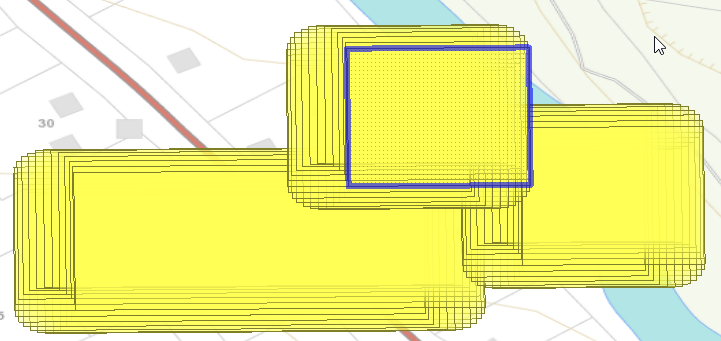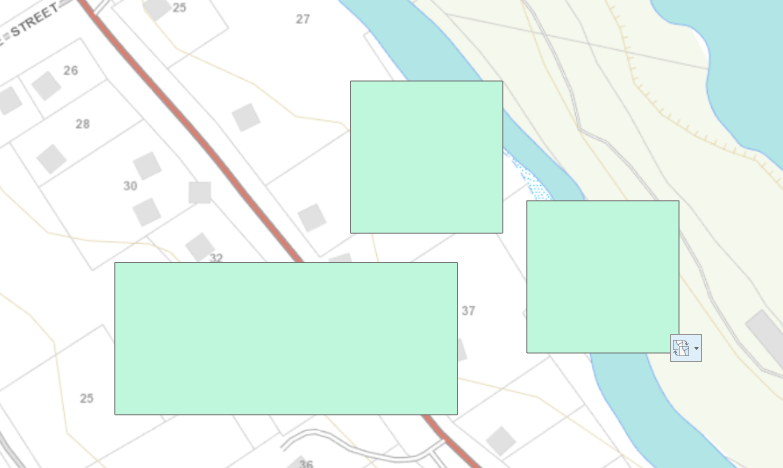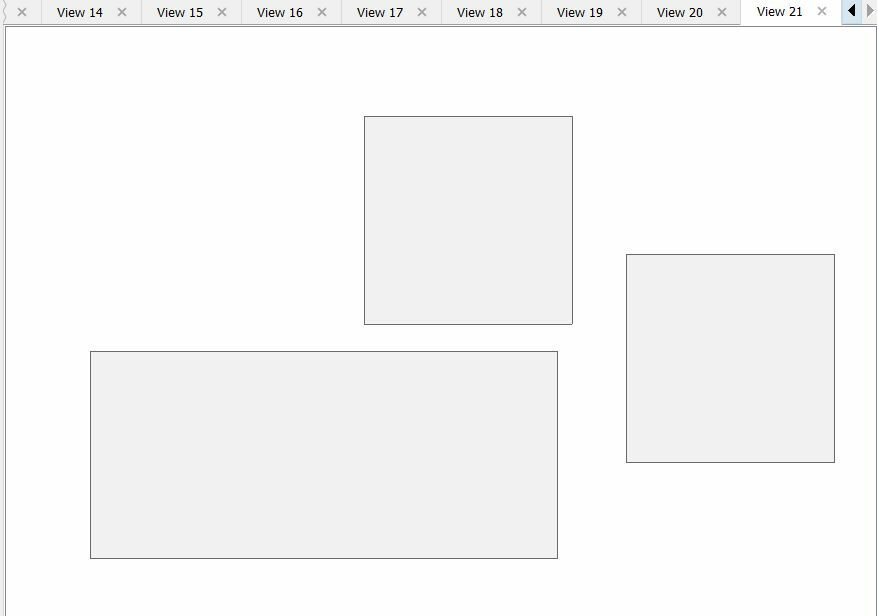I've offset a number of yellow polys in this example 3 original inputs in the one layer.

I would like to subset this by selecting only the polygons that are mutually exclusive i.e. select only the polygons on the bottom left that do not overlap the other 2. Then all the polys on the top middle that do not overlap with the bottom left and right and so on.
Here are some of the end results that would work in teal. I did this manually but there would be more of each.










